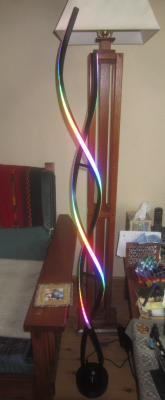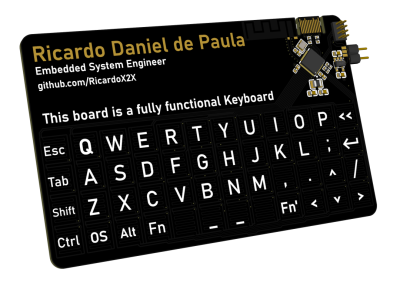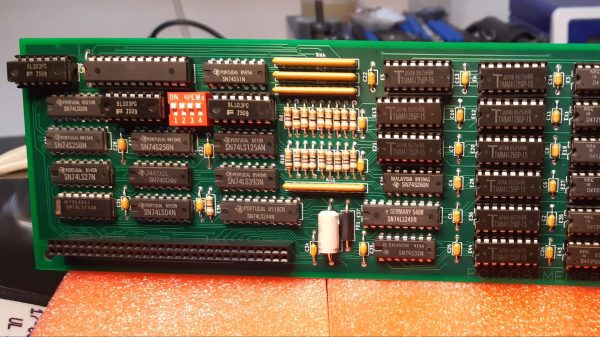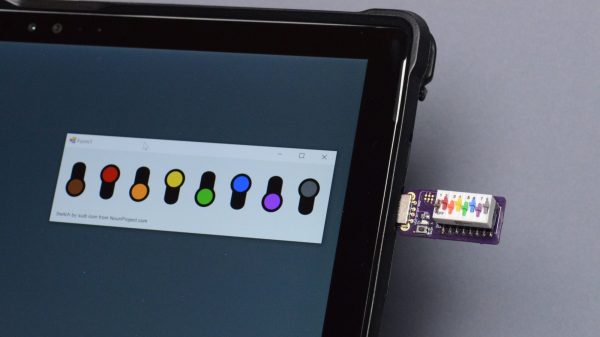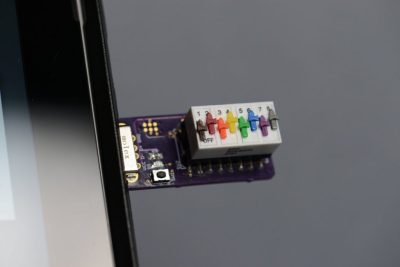Home Depot has at times sold a neat spiral lamp that relies on LEDs to supply its soothing white glow. When [Craig Lindley] saw some modified versions on YouTube he decided he had to build one himself. The result is a charming rainbow lamp that really lights up a room (pardon the pun).
[Craig] first set about stripping the lamp of its white LED strips, replacing them with addressable WS2812B LEDs. No more would the lamp just output white light—any color in the RGB gamut was now on the table.
A powerful 10 amp 5 volt power supply was then installed to provide the necessary juice. A Wemos D1 Mini was pressed into service as the controller, which was also hooked up to an HC-SR04 infrared motion sensor. This provided the capacity to trigger the lamp when it detects someone moving nearby.
Alternatively, the lamp was given a time-activated mode as well. Either way, when activated, the lamp displays a range of colorful patterns on its elegant spirals, all with the aid of the popular FastLED library.
The final result is impressive—it looks almost stock, except it’s far more colorful and interesting to look at than the original. It’s also amusingly hard to display in our usual image formats because it’s so tall and narrow. In any case, we’ve seen some great lamp builds before, too. If you’re working on your own charming illuminations, don’t hesitate to drop us a line!


